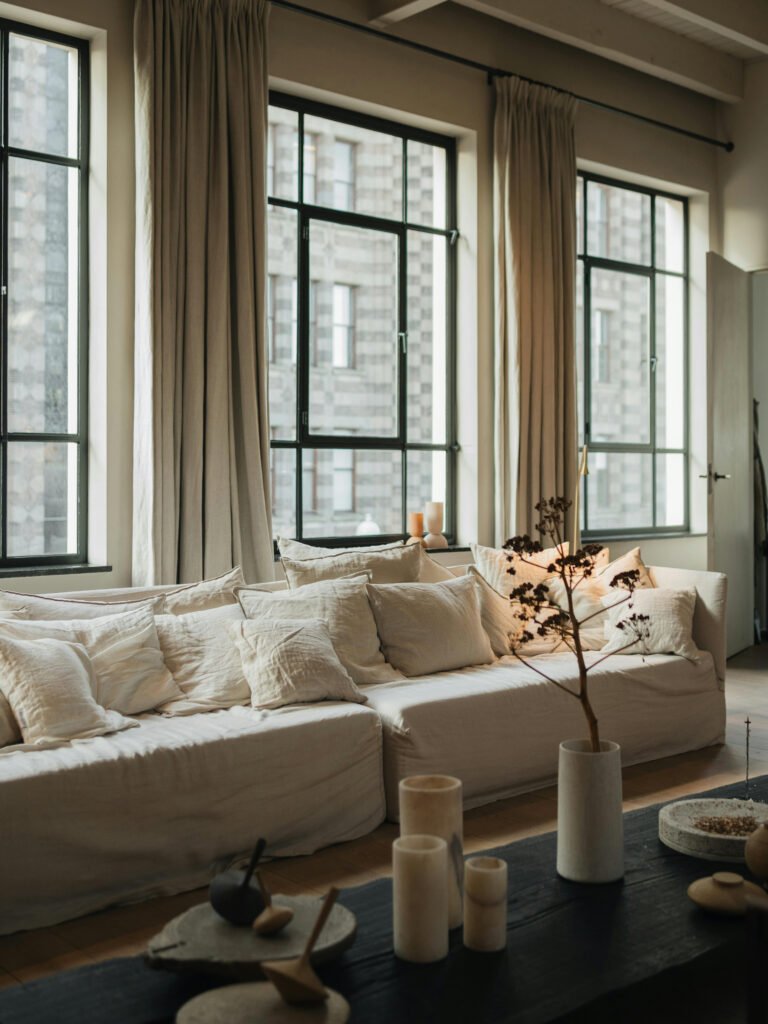Can furniture kill people? Safety should be the first priority when choosing children's furniture
According to China.com, recently, furniture retailer IKEA announced again that it would recall a total of 17.3 million chests of drawers in the United States and Canada because in May this year, a 2-year-old boy in California was hit and killed by a MALM chest of drawers that was not fixed to the wall. So far, MALM products have caused the deaths of 8 children. For children, in addition to cabinets that may overturn, drawers that may pinch hands, unstable bookshelves, and angular glass countertops are all furniture that poses certain safety hazards.

Figures show that among the accidental casualties of children worldwide each year, about 2 million are caused by unsafe conditions at home, especially since most families are not used to fixing furniture to the wall, which invisibly increases the probability of drawers and cabinets toppling and injuring children.
So, what kind of furniture is safe? According to China Quality News Network, there are two types of safety for children’s furniture. The first is physical safety, including whether the strength of the furniture meets the standards, whether the edges and corners of the furniture are properly handled, and whether the furniture is potentially dangerous to children when designed. For example, the bed should adopt an arc shape with no sharp edges to prevent children from accidentally colliding with it. In addition, the furniture should not have protruding structures that are easy to hurt children, nor should it have small accessories that are easy to fall off and cause children to swallow them by mistake. The second is chemical safety, including whether the materials, glues, paints and processes of the furniture contain harmful chemicals, such as various common harmful heavy metals, benzene, phenols and free formaldehyde. If these exist, they will inevitably affect people’s health.
If there are children at home, how should you choose furniture? According to China Consumer Network, first of all, you should carefully observe whether the edges and corners of the furniture have been processed and whether there are fragile decorations; secondly, when purchasing children’s wardrobes and bookcases, you must pay attention to whether there are ventilation holes on the closed cabinets; thirdly, when purchasing children’s furniture, you must first check the recent product quality inspection report of the furniture and check the inspection information, such as whether the sample name, trademark, model specifications are consistent with the actual product, whether the production unit and the inspected unit are consistent with the information provided by the merchant, and whether the inspection results are qualified. In addition, after purchasing children’s furniture, you should properly keep the product manual, warranty card, invoice, sales ticket, receipt and other documents, so that once there is a quality problem with the furniture, consumers can promptly protect their legal rights and interests.




